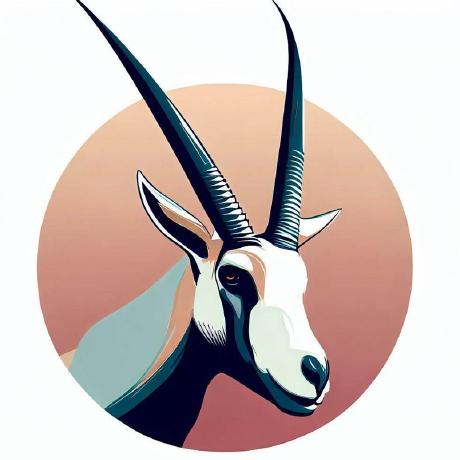Discover and explore top open-source AI tools and projects—updated daily.
PixelRefer by  DAMO-NLP-SG
DAMO-NLP-SG
Video LLMs for fine-grained spatial-temporal understanding
Top 95.2% on SourcePulse
VideoRefer Suite enhances Video Large Language Models (Video LLMs) with fine-grained spatial-temporal object understanding. It provides a model (VideoRefer), a large-scale object-level video instruction dataset (VideoRefer-700K), and a benchmark (VideoRefer-Bench) for evaluating these capabilities, targeting researchers and developers in video AI.
How It Works
VideoRefer integrates a visual encoder (e.g., SigLIP) with a language decoder (e.g., Qwen) to process video inputs. It supports fine-grained perception and reasoning on user-defined regions across single or multiple frames. This approach allows for detailed object understanding and retrieval within videos, addressing limitations in current Video LLMs' ability to precisely locate and describe specific objects.
Quick Start & Requirements
- Install: Clone the repository,
cd VideoRefer,pip install -r requirements.txt,pip install flash-attn --no-build-isolation. - Prerequisites: Python >= 3.8, PyTorch >= 2.2.0, CUDA >= 11.8,
transformers == 4.40.0,tokenizers == 0.19.1. Integration with SAM2 requires separate installation and model download. - Resources: Links to Hugging Face for datasets, models, and demos are provided. Notebooks offer detailed inference examples.
Highlighted Details
- Offers multiple model variants, including VideoRefer-7B and VideoRefer-VideoLLaMA3 (2B and 7B parameters), utilizing different visual encoders and language decoders.
- The VideoRefer-700K dataset is designed for object-level instruction tuning, sourced from datasets like Panda-70M, MeViS, A2D, and Youtube-VOS.
- VideoRefer-Bench includes sub-benchmarks for description generation (VideoRefer-Bench-D) and question-answering (VideoRefer-Bench-Q).
- A live demo of VideoRefer-VideoLLaMA3 is available on Hugging Face Spaces.
Maintenance & Community
The project is associated with DAMO-NLP-SG and has recent activity, including CVPR 2025 acceptance and model/dataset releases in early 2025. It builds upon previous work like Video-LLaMA 2 and Video-LLaMA 3.
Licensing & Compatibility
The repository does not explicitly state a license. However, the project is presented as open-source code for research purposes. Compatibility for commercial use would require clarification.
Limitations & Caveats
The project is presented as research code, with the latest models and datasets released in early 2025. Specific performance benchmarks are mentioned but not detailed in the README. The integration with SAM2 requires additional setup.
1 month ago
Inactive

 NExT-ChatV
NExT-ChatV Perceive-Anything
Perceive-Anything mira-space
mira-space apple
apple EvolvingLMMs-Lab
EvolvingLMMs-Lab mbzuai-oryx
mbzuai-oryx bytedance
bytedance CircleRadon
CircleRadon NVlabs
NVlabs facebookresearch
facebookresearch